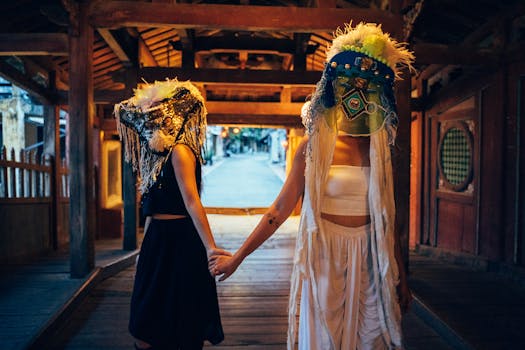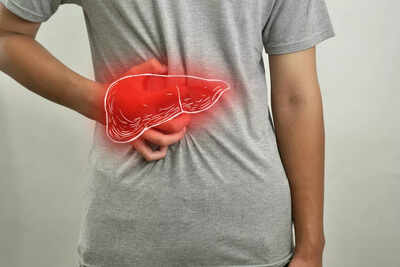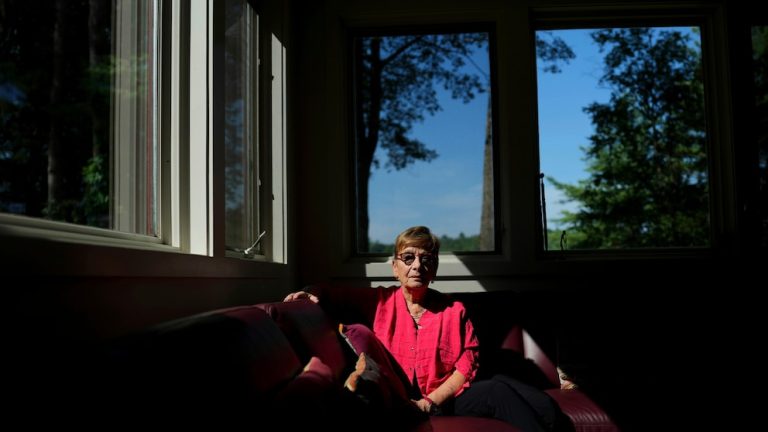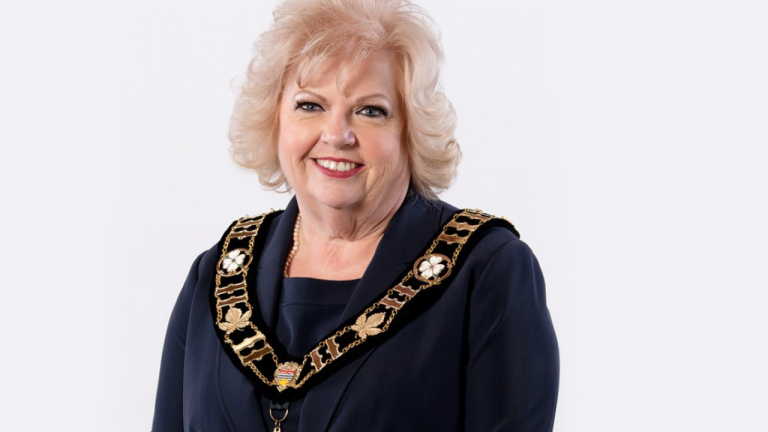
Introduction to Traditional Festivals
Festivals are a celebration of life, embracing culture, community, and the captivating traditions that define a region. They provide a unique opportunity for the world to experience the rich histories and practices of various cultures. From vibrant street parties to religious observances, traditional festivals bring people together and foster a shared identity. This article explores some of the most significant traditional festivals from around the world, showcasing their importance and the joys they bring to communities.
Diwali: The Festival of Lights in India
One of the most celebrated festivals in India is Diwali, also known as the Festival of Lights. Typically held in October or November, Diwali symbolizes the victory of light over darkness and good over evil. Celebrations include lighting oil lamps (diyas), decorating homes with rangoli (intricate patterns made with colored powders), and offering prayers to Goddess Lakshmi, the deity of wealth. The nights of Diwali are illuminated with fireworks that light up the sky, and families gather to feasts of sweets and snacks, exchanging gifts with one another.
Chinese New Year: A Joyful Start to the Lunar Year
Chinese New Year, or Spring Festival, is a time for family reunions and renewal celebrated by people around the globe. Lasting over two weeks, this colorful festival usually falls between January 21 and February 20. Preparations include cleaning homes to sweep away bad fortune and decorating with red lanterns and banners for good luck. The highlight of the celebration comprises dragon and lion dances, fireworks, and sumptuous family meals featuring dumplings and ceremonial dishes. It’s a time for gratitude and sending best wishes for the coming year.
Oktoberfest: A German Tradition of Beer and Merriment
Oktoberfest in Munich, Germany, is the world’s largest beer festival held over 16 to 18 days from late September to the first weekend in October. Featuring giggling merriment and quintessential German fare such as pretzels, sausages, and an array of traditional beers, it attracts millions of people each year. The Munich Oktoberfest began in 1810 as a royal wedding festival, and over time it transformed into a global attraction. Visitors don traditional Bavarian attire like lederhosen and dirndls, fostering unity and cultural expression amid laughter and heartfelt camaraderie.
Nowruz: The Persian New Year Celebration
Nowruz, meaning “new day,” is an ancient festival celebrated by millions to mark the first day of Spring and the start of the year in various parts of Asia and beyond, including Iran, Afghanistan, and Central Asia. The festival lasts for 13 days, during which families come together to set the Haft-Seen table—an arrangement that honors the renewal of nature with symbol items such as garlic for health and sabzeh (sprouted wheat) for rebirth. Fire-jumping, symbolic of purification and renewal, is a vibrant highlight of the festivities, along with various cultural and artistic performances. Nowruz epitomizes hope and life’s cyclical nature with age-old joy.






